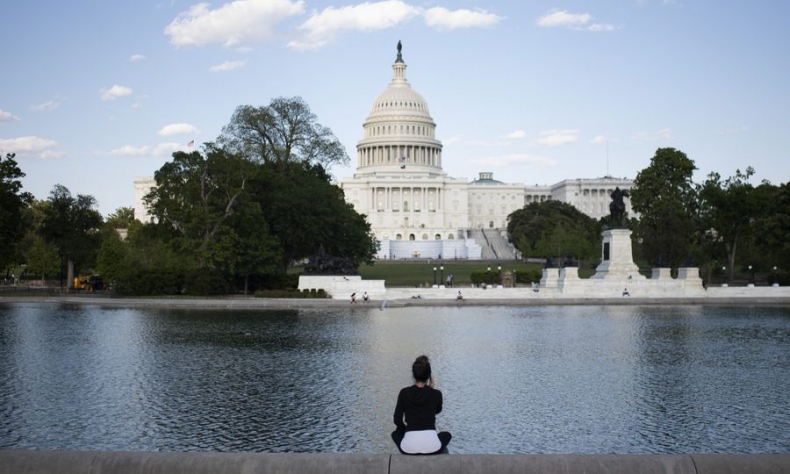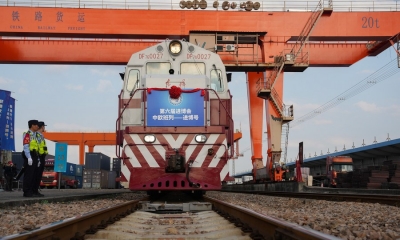Is America’s Economic Performance as Great as It Looks?

It is impossible to predict what directly lies ahead, but it should be very clear by now that the economic achievements the Biden administration claims are actually built on sand.
In 2021, the U.S. economy roared back from its COVID-19-induced slump. By injecting trillions of dollars via multiple rounds of stimulus packages and instituting a policy of abandoning further safeguards against the virus in view of social resistance, which would end up costing 1 million lives, America’s GDP and employment seemingly bounced back to around 5.6%, returning to pre-pandemic size. Entering office in the midst of it all, the Biden administration heralded the growth as vindication of his own policies, framing them as the greatest employment figures in decades. If you listened to U.S. government rhetoric alone, you’d assume things have never been better in America.
However, public opinion tells a different story. As of March 23, a Reuters/IPSOS poll found that 54% of Americans “disapprove” of the job Biden is doing; a strange configuration if one is to believe the economy is booming. The poll further finds that among Democrat voters, approval stands at 77%, which is by this criterion extremely low and means almost one-quarter of his own party disapproves of him. When polled on specific issues, voters elected to choose the “economy” as their biggest priority. Again, isn’t that unusual if things are going well?
In reality, the pandemic recovery masks a surge of inflation in the United States that is squeezing standards of living. In February 2022, annual inflation stood at 7.9%. A survey by American broadcaster NBC found that “62% of respondents said their family incomes are falling behind the cost of living, while 31% said they’re staying even, and 6% said their incomes are going up.” In other words, only a small minority of Americans, only seemingly the very rich, are finding themselves better off. The job numbers which Biden championed hide a reality where life is becoming more expensive for Americans overall.

Many respondents (38%) directly stated that they believed Biden and his policies were at fault. In practice, these policies include longstanding tariffs against Chinese consumer goods – the largest trading partner of the United States – and an overflow of money through aggressive stimulus policies that placed pressure on supply chains. The consequence of such “short-termist” policies has seen businesses effectively raise prices in a bid to counter rising costs and lost profit margins. At the same time, they refuse to increase worker salaries. The surge of inflation has subsequently created an escalatory cycle whereby price rises become structural and unavoidable.
The presidential administration, through Treasury Secretary Janet Yellen and Jerome Powell of the U.S. Federal Reserve, has long argued that the inflation is “transitory” and would eventually go away as the recovery returned to normal. But over the one year on since those comments were made, there is no sign of the inflation going away. In fact, it’s likely even worsening due to other global headwinds, including the crisis in Ukraine and its impact on commodity and fuel costs. Instead, the U.S. has been forced to implement interest rates that subsequently tighten the money supply, but inevitably hamper growth by increasing the cost of lending. Multiple hikes have been predicted for 2022. U.S. GDP forecasts for the year have in turn been reduced.
It is impossible to predict what directly lies ahead, but it should be very clear by now that the economic achievements the Biden administration claims are actually built on sand. The comeback from COVID-19 not only came at the expense of a horrific toll on human life, effectively killing one out of every 329 people, but also an economy that has been overheated in the pursuit of short-term gains.
2022 so far has been a year that has seen the United States “come back to reality” as the hubris of a COVID comeback translates into soaring inflation, mounting uncertainties, and exposure of the structural inequality which continues to dominate American society and leave many struggling with standards of living.
 Facebook
Facebook
 Twitter
Twitter
 Linkedin
Linkedin
 Google +
Google +







